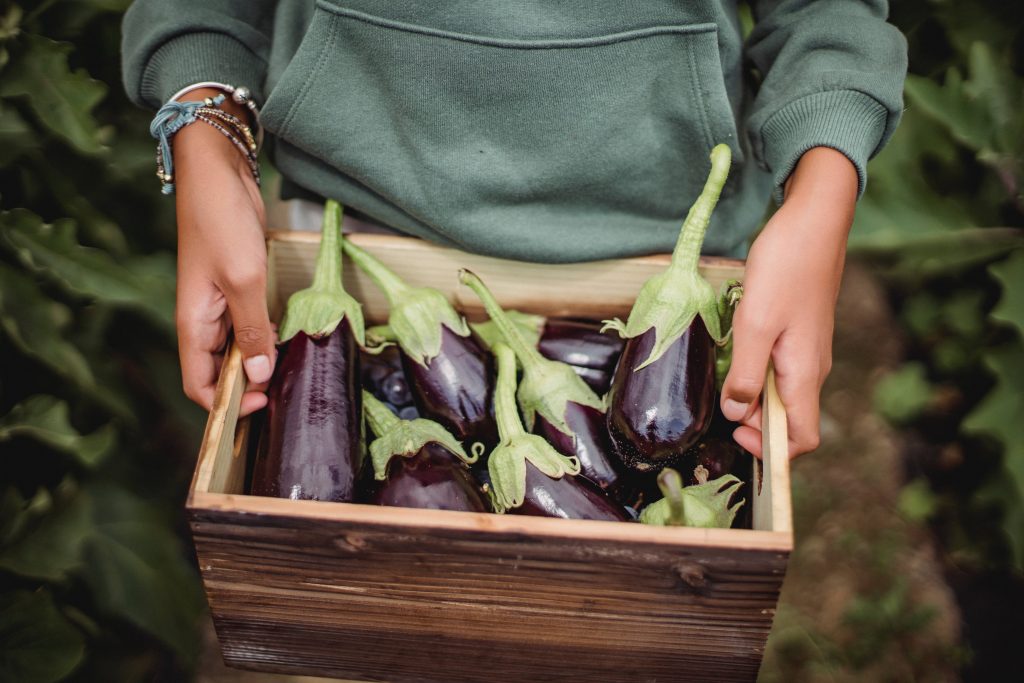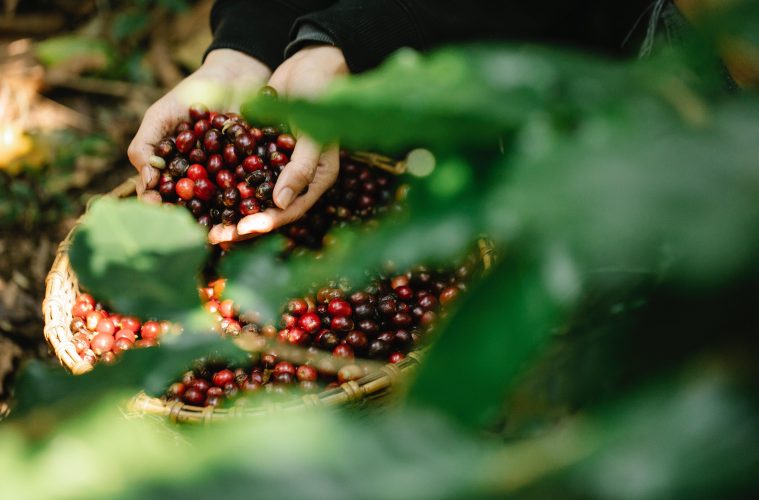Imagine walking from your patio to your backyard and entering a lush forest – a perfectly balanced ecosystem – that you created. Strolling through woods of trees, shrubs, and ground covers of your choice any time of day. Now take that dream, and make all the plants in that forest edible, providing produce for your family year-round with minimal care while restoring the environment. Seems too good to be true? With food forests, it’s not farfetched.
What is ‘forest gardening’?
The concept of forest gardening as we know it today stems from a pioneer and hero in the permaculture world, Robert Hart. Hart popularized the term ‘forest garden’ in the 1980s after starting the project on his smallholding, Highwood Hill farm. Passionate about health and wellness, and largely following a raw food diet, Hart was committed to growing his own produce but struggled with the labour-intensive practices of traditional farming. He set aside 500m2 to create a food forest with the goal of developing a self-sustaining, low maintenance source of healthy, delicious produce.
Today, food forests are surging in popularity once again, thanks to the ubiquity of the permaculture movement. This movement not only focuses on the wellness of the individual, and the health benefits gained from growing your own food, but also on the health of the planet. Some traditional farming practices are known to have negative impacts on the environment and permaculture gardeners are championing an alternative that produces an abundance of food while supporting the local environment rather than harming it.
Put simply, food forests are systems that mimic natural forest systems but contain mostly edible plants. The key to forest ecosystems is balance – each element from the canopy above to the soil below works together to produce a self-sustaining system. Naturally, it may take hundreds of years to achieve this perfect balance. However, armed with knowledge and permaculture principles, home gardeners can replicate these perfectly balanced systems in a matter of years (albeit with some experimenting and mistakes along the way). It is a long-term investment, especially to those impatient gardeners who swop out their plants every season, but it is well worth the rewards to your health and for the local environment.

Building A Food Forest
The first step in creating your food forest to check your foundations – in other words, your soil. Few garden plants can grow successfully and survive in poor soil, especially those that provide food. However, you don’t want to start your food forest with layers of amendments that don’t contribute to soil health. These benefits will disappear faster than your growing plants can use them. Instead, start by mimicking the natural forest fertilizers by applying a thick layer of mulch over the entire area and watering thoroughly. Give the mulch plenty of time to decompose and work itself into the soil.
Next comes every gardener’s favourite part – choosing the plants. Food forests are made up of seven layers, each serving an important purpose in the ecosystem. While you don’t need to cover every layer for a successful food forest, it’s important to choose a variety of plants that grow well together and provide a range of produce for every need. You may also opt to choose a few support plants that are not fruit producing but serve other purposes like nitrogen-fixing or attracting pollinators. Fast-growing trees are also useful support plants. They provide an early canopy layer for slow-growing nut trees and can be removed and left to decompose on the forest floor once the producing trees reach maturity.
Finally, once you’ve planned your ideal food forest, it’s time to get planting. For a living mulch layer, start with your groundcover plants. This will help the soil retain moisture and will keep weeds out. Then plant your canopy support trees (if you’ve chosen any) and your large nut trees. Once those large roots are established, you can begin slowly adding in other layers over time, including shorter fruit trees, root crops, and vine plants. Consider sunlight when placing your plants; those toward the edge of the forest will get far more sunlight than plants in the centre.
Patience is essential in this process. Planting all layers at once will not provide the various layers essential to the ecosystem and may result in more competition than harmony. Take your time, monitor each of the plants, and modify where necessary. As trees grow taller, to speed up the process you can employ a ‘chop ‘n drop’ approach – heavily pruning the trees in winter and leaving the branches and leaves to decompose. This will boost growth of the plants and nutrients in the soil, ensuring the plants come back healthier and stronger.
Food Forests For Urban Gardens
Gardeners without an expansive backyard can still take part in the food forest movement. Simply pair a few layers together in a small corner of your yard – understory, herbs and ground covers are ideal. For example, plant a small fruit tree such as a lemon, surrounded by a herb of your choice and a ground cover plant, such as nasturtium. While it may not completely take care of itself as a food forest does, the plants will still support each other, lessening the burden on you. The same process can be repeated in a large pot for those without a backyard at all, although the plants will need more frequent attention in a container.
Written by Madison Moulton
Feature image: Michael Burrows from Pexels
ALSO SEE: PLANTING RESPONSIBLY: ENVIRONMENTALLY-FRIENDLY PLANTING PRINCIPLES

